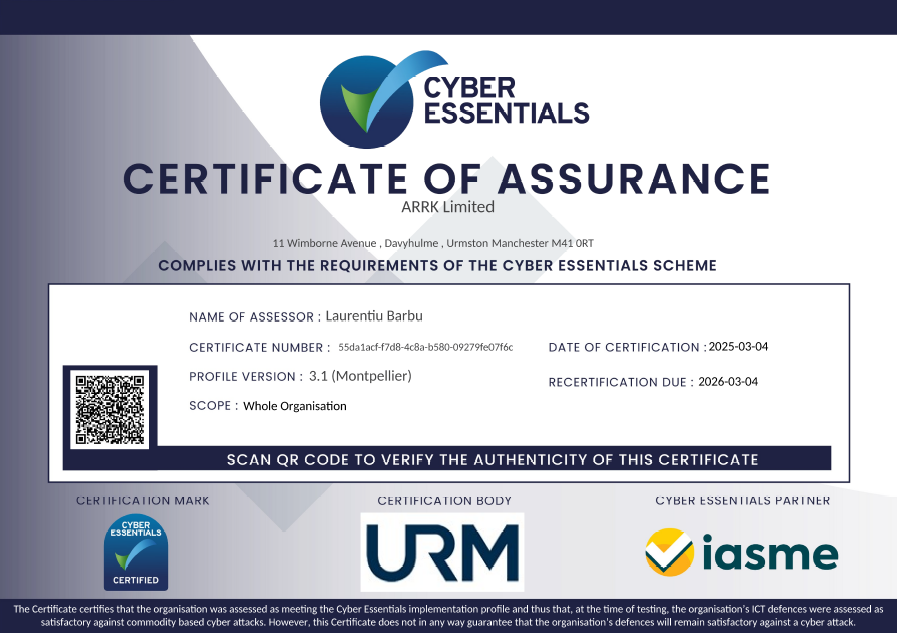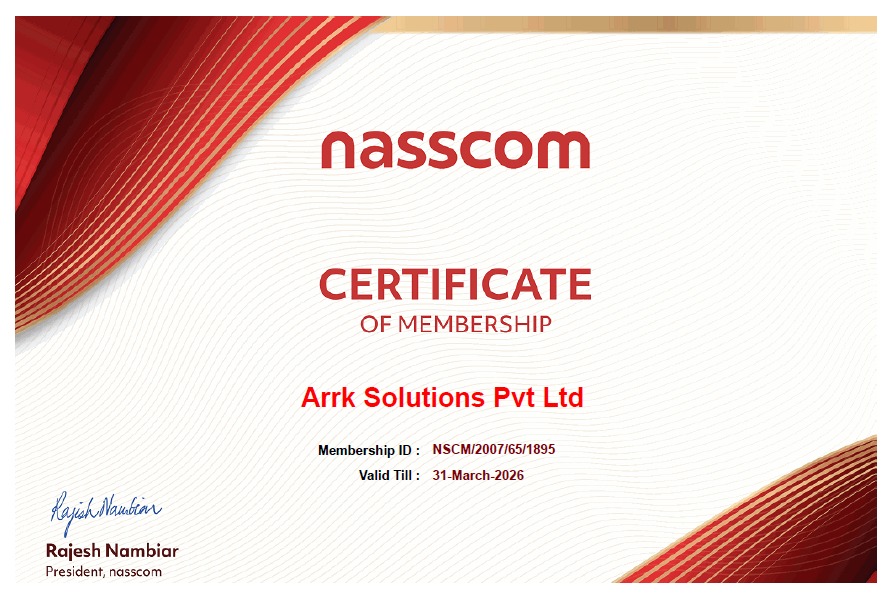Your CRM Maturity Assessment Results
Why is my business an Ogre?
A typical company in this category has undertaken a cultural shift to advance from a product-centric to a customer-centric company. It requires a change in customer strategy, and most notably a change in perspective. Instead of defining successful customer relationships strictly from an inside-out company perspective, it’s now apparent that to grow mutually rewarding customer relationships, you’re going to need to include some outside-in perspectives and understand how your customers define successful relationships.
Ogre’s CRM technology continues to morph with other business applications so that customer-facing staff, line managers and knowledge workers all have access to real-time and on-demand customer information, as well as reports and business intelligence regardless of where the data resides. Messaging to customers has evolved from a monologue into a dialogue whereby the conversation flows in both directions. In this phase, smart CRM programs will be supplemented with Customer Experience (CX) strategies.
To get to this phase, Ogres will have undertaken analysis to understand what customers really want from their supplier relationships. Customer strategy will include what’s most important to customers, KPIs will be inextricably linked to the company’s most important customer and revenue objectives, and customer segments will be defined by behavioural personas. The customer view will have advanced from a departmental to an enterprise-wide view, and information analysis will evolve to include flexible analytics.
Ogre businesses want to refine their processes and move towards more predictive modelling so they’ll be able to understand how any initiative implemented will impact future revenues.
Advice to improve your CRM maturity
In order to increase the productivity of your CRM system, Ogres typically need to focus on:
- Evolving from a mix of effective departmental programs to a central enterprise-wide strategy
- Linking CRM strategy to revenue performance realisation. For example, automating up-sell, cross-sell and Next Best Offer (NBO) techniques using database profiling for product combinations and recommendations
- Using predictive analytics with data interrogation, what-if analysis, and sophisticated modelling to not just forecast what’s ahead, but understand how any initiative implemented now will impact future revenues
- Introducing secure access for customers and partners to enable them to self-serve and to start providing them with value-add information to aid them in their own decision making
- Making KPIs more revenue-focused and forward-looking rather than using metrics that are historically focussed; incorporating performance measures such as Customer Lifetime Value (CLV)



